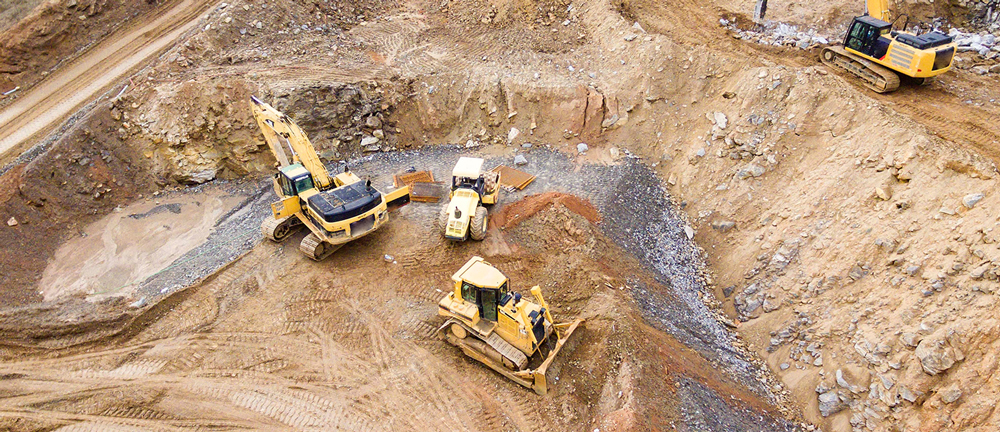Where Will All This Infrastructure Money Go?
As the promise of government-led construction projects goes unanswered, plenty of opportunities exist for private equity firms looking to invest in infrastructure, writes PitchBook Founder and CEO John Gabbert.

One of the earliest expectations as the Trump administration took office revolved around infrastructure spending. There were whispers of bipartisan cooperation on the issue, with the potential for government spending to stretch into the trillions of dollars.
Those expectations spurred a surge in private equity fundraising in the infrastructure asset class. Blackstone targeted a $40 billion fund, which would have been the largest of its kind. The ambitious fundraise didn’t go as planned, and last July the firm announced an initial close of $14 billion. Others aimed just as high, including Global Infrastructure Partners, which is poised to raise a record $20 billion for its fourth fund. Brookfield Asset Management and KKR are among the firms taking in billions for infrastructure. All told, over $77 billion has been raised in the asset class since January 2017, including $37.5 billion in 2018 alone. As of November, the average fund size in 2019 was a mind-boggling $5.2 billion, according to PitchBook data.
Even with infrastructure legislation apparently off the table, funds have plenty of options. The American Society of Civil Engineers gave the U.S. a D+ grade and estimated the costs of necessary infrastructure upgrades to be around $4.6 trillion. And America isn’t alone.
Trillions of dollars will be needed to build and repair infrastructure globally. Against that backdrop, those billion- dollar funds don’t sound so big.
Fixing crumbling infrastructure isn’t easy—projects tied to government spending can be highly regulated, vulnerable to politics and subject to delays. Promising alternatives for PE investors are two high-growth industries in need of new or improved infrastructure. Energy is one. The U.S. is now the world’s top energy producer, and with increased production comes a greater need for specialized infrastructure to transport and deliver it. There are certainly pockets that need fixing or improving, but the more attractive opportunity is building new energy infrastructure from scratch.

The other high-growth opportunity is telecommunications, specifically around high-speed connectivity. In an article last year, McKinsey acknowledged the uncertainty surrounding 5G while noting that “it is easy to envision the emergence of new and innovative test cases” for the network. One of its biggest uses is the internet of things, which enables objects and machines to send and receive data, creating potentially lucrative applications across industrial and consumer categories. Autonomous vehicles would rely on the new network, too.
Mobile users are also expected to flock to 5G. It’s predecessor, the 4G network, launched in 2009—in the early innings of the mobile revolution. Ten years and many mobile device users later, the faster speeds of 5G will undoubtedly be in high demand.
Even without an infrastructure spending bill, funds have plenty of ways to use their capital. Private equity firms like to fix things, but in recent years they’ve shown an interest in growing things, too. At this moment, they have an opportunity to do both.
This edition of Midpoints originally appeared in the January/February 2020 issue of Middle Market Growth. Find it in the MMG archive.


